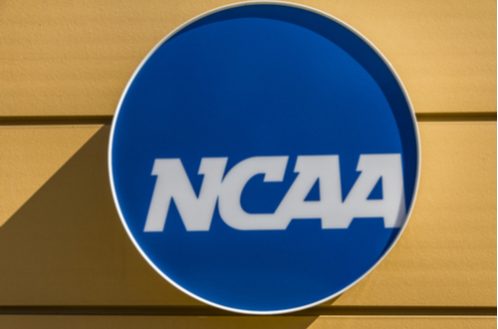
The NCAA and the wealthiest athletic conferences are expected to file the full settlement agreement of several antitrust lawsuits with a federal court by the end of the week. The lawsuits challenged the restrictions on compensation for college athletes. Steve Berman, an attorney for the defendants from the Hagens Berman law firm, confirmed the filing timeline on Tuesday.
“I expect that we will file Friday,” Berman stated.
On May 23, the NCAA, along with the Atlantic Coast Conference, Big Ten, Big 12, Pac-12, and Southeastern Conference, reached a framework for a $2.77 billion settlement. This agreement addresses multiple antitrust lawsuits, including the prominent House v. NCAA case, which contested the NCAA’s limitations on athlete compensation.
Beyond the substantial financial damages to be distributed to eligible current and former college athletes, the settlement includes a significant shift in policy. Starting in 2025, the NCAA and its conferences will implement a revenue-sharing plan, allowing schools to share approximately $22 million of athletic-generated revenue with their athletes. This figure is projected to increase as the revenues of power conference schools grow.
Read more: The NCAA Faces New Antitrust Suit
However, many details of the revenue-sharing plan remain unresolved, particularly regarding new roster limits for sports that will replace existing scholarship limits. Conferences are actively working, both independently and collaboratively, to establish these limits.
“Yeah, there’s a lot to unpack in the House settlement,” said Big Ten Commissioner Tony Petitti during the conference’s football media days in Indianapolis on Tuesday. “That new model is going to require a lot of changes in terms of how we operate. We now have a situation where schools can provide benefits directly to student-athletes. There’s a cap on that system. We have to monitor what schools are spending, so you need a reporting system there that doesn’t exist.”
While Petitti did not divulge specific details, three athletic directors from power conferences, speaking on condition of anonymity, disclosed to the AP that they anticipate the roster limit for football to be set at 105 players, an increase from the current scholarship limit of 85.
Source: ESPN
Featured News
NCAA and Wealthiest Conferences Set to File $2.77 Billion Antitrust Settlement
Jul 24, 2024 by
CPI
DOJ Supports DIRECTV in Antitrust Appeal Against Nexstar
Jul 24, 2024 by
CPI
Daniel Lambauer to Take Over as COO of Competition and Markets Authority
Jul 24, 2024 by
CPI
Spanish Antitrust Officials Launch Investigation into Apple’s App Store Practices
Jul 24, 2024 by
CPI
Bosch’s $8.1 Billion Deal to Buy Johnson Controls, Hitachi HVAC Operations
Jul 23, 2024 by
CPI
Antitrust Mix by CPI
Antitrust Chronicle® – Artificial Intelligence & Antitrust
Jul 24, 2024 by
CPI
On the Antitrust Implications of Embedding Generative AI in Core Platform Services
Jul 24, 2024 by
CPI
Generative AI Partnerships: Separating Good from Bad
Jul 24, 2024 by
CPI
Artificial Intelligence: A New Dimension for Competition?
Jul 24, 2024 by
CPI
Antitrust in the Age of Artificial Intelligence: Lessons from “I, Robot”
Jul 24, 2024 by
CPI